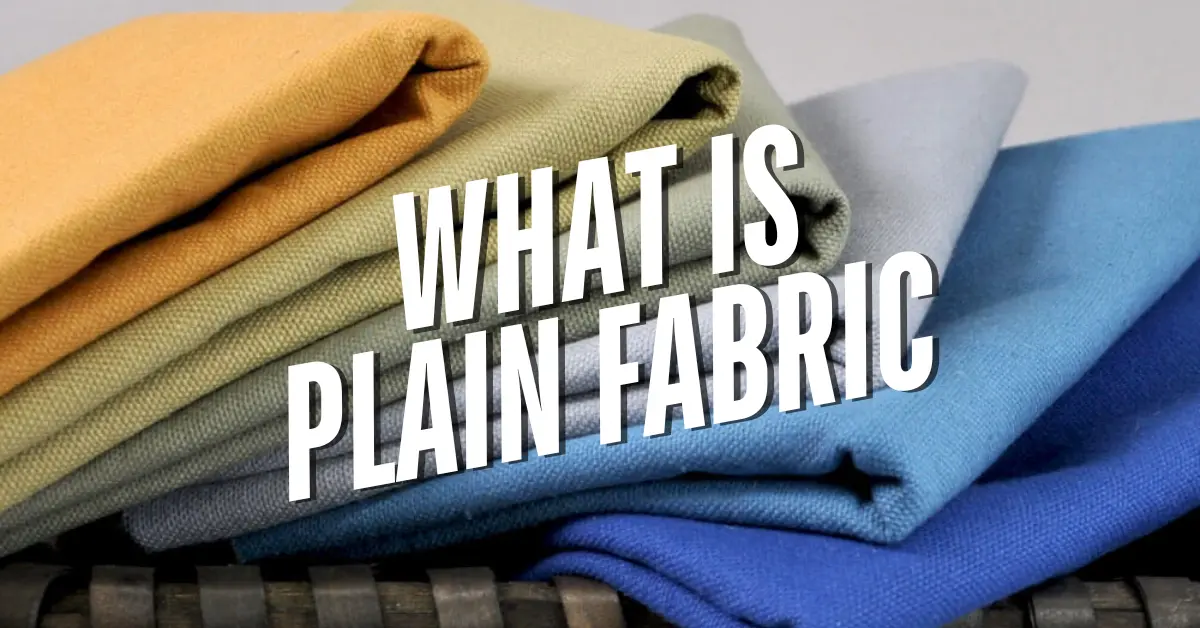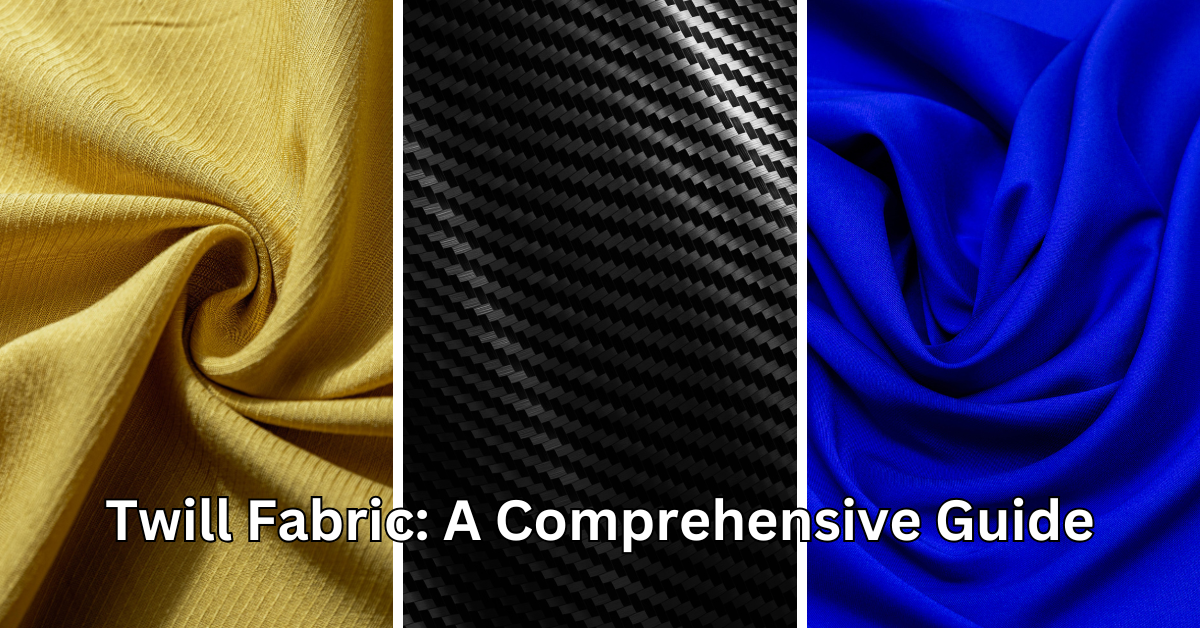What Is Plain Weave Fabric?
Plain weave is the most basic and widely used weaving technique. In this method, each weft thread passes alternately over and under each warp thread, forming a tight, uniform structure. This creates a balanced, durable fabric that is resistant to wear and tear. The simplicity of this weave also makes it one of the most cost-effective fabric constructions, making it the foundation for many Plain Weave Examples used in textiles.
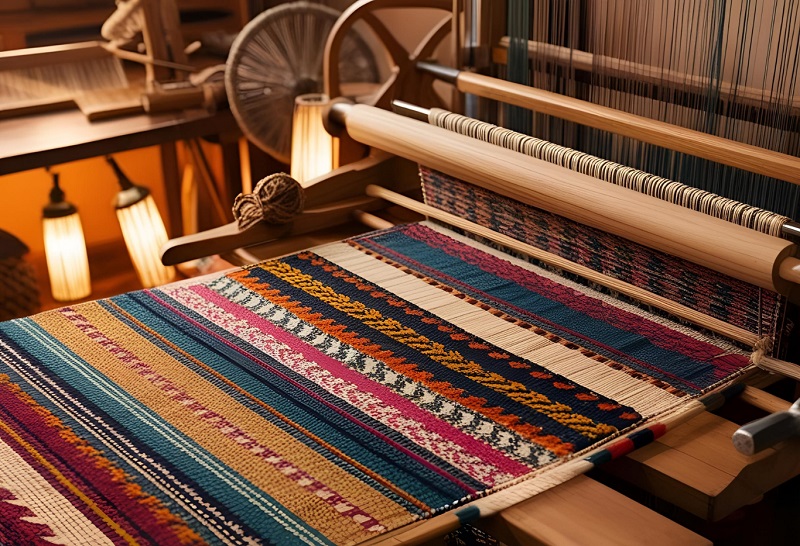
Characteristics of Plain Weave Fabrics
- Uniform Texture – The even over-under pattern gives plain weave fabrics a smooth and consistent surface.
- Reversible – Both sides of the fabric appear identical, making it ideal for various applications.
- Durability – The tight interlacing of threads provides strength, making it resistant to damage.
- Limited Stretch – Minimal elasticity helps maintain the fabric’s shape over time.
- Versatile Fiber Use – Can be made from cotton, silk, wool, polyester, and synthetic blends.
- Breathability – The open structure of some plain weave fabrics enhances airflow, making them comfortable for clothing.
Common Plain Weave Examples
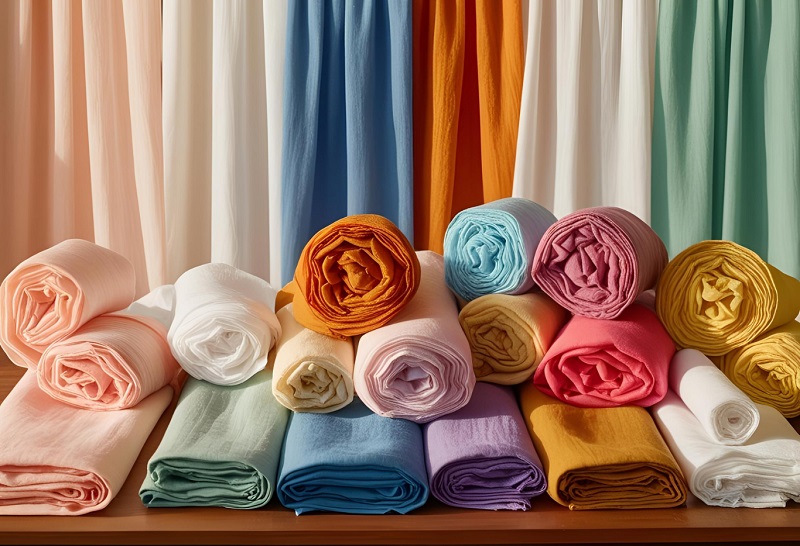
Chiffon
Chiffon is a lightweight, sheer fabric made using the plain weave technique. Typically produced from silk, polyester, or nylon, chiffon has a delicate texture and airy feel. It is commonly used for evening wear, scarves, and blouses. The transparency and softness make it a preferred choice for layering in fashion design.
Muslin
Muslin is a loosely woven cotton fabric known for its softness and breathability. Due to its lightweight and porous nature, it is often used in fashion prototypes, quilting, and even in culinary applications like cheese-making. Muslin’s ability to hold dyes and paints well makes it a favorite for creative textile arts and theatrical backdrops.
Percale
Percale is a medium-weight, tightly woven fabric with a matte finish. Typically crafted from cotton, it is popular for bed linens because of its crisp texture, breathability, and durability. Hotels and luxury bedding manufacturers often use percale due to its ability to maintain a smooth surface even after multiple washes.
Taffeta
Taffeta is a plain weave fabric recognized for its smooth, crisp texture and slight sheen. Made from silk or synthetic fibers, it is commonly used in evening gowns, wedding dresses, and decorative home textiles such as curtains. The fabric’s stiffness and ability to hold its shape make it an excellent choice for structured garments.
Calico
Calico is a plain-woven textile made from unbleached cotton. It has a slightly coarse texture and is often printed with simple designs. It is widely used in quilting, crafting, and garment testing before mass production. Historically, calico was one of the first widely traded printed cotton fabrics, making it an important part of textile history.
Poplin
Poplin is a plain weave fabric with fine, closely spaced crosswise ribs, giving it a subtle texture and slight sheen. It is commonly used for shirts, dresses, and lightweight upholstery due to its smooth feel and durability. Poplin is also popular in sportswear because it offers both structure and breathability.
Cambric
Cambric is a fine, dense fabric with a smooth surface. Originally made from linen, modern cambric is usually crafted from cotton. It is commonly used for handkerchiefs, table linens, lace, and embroidery projects. Cambric’s tightly woven nature makes it resistant to fraying, which is beneficial for delicate applications.
Organza
Organza is a sheer, lightweight plain weave fabric made from silk or synthetic fibers. It is often used in bridal and evening wear, as well as in decorative overlays for garments. The stiff structure of organza makes it ideal for creating voluminous designs in fashion.
Voile
Voile is a soft, lightweight fabric with a slightly crisp finish. Due to its breathable nature, voile is frequently used for summer clothing, curtains, and linings. It is often preferred over chiffon for garments requiring more structure.
Applications of Plain Weave Fabrics
Apparel
Plain weave fabrics are widely used in clothing, including shirts, dresses, trousers, and suits. Their durability and breathability make them suitable for everyday wear. Cotton-based plain weave fabrics are preferred for summer clothing, while silk and synthetic versions offer options for formal attire.
Home Textiles
In interior design, plain weave fabrics are used for bed linens, curtains, tablecloths, and upholstery. Fabrics like percale and taffeta provide a clean and elegant look, enhancing home décor. The versatility of plain weave allows it to be used for both casual and luxury interior applications.
Industrial Uses
Beyond fashion and home textiles, plain weave fabrics play an essential role in industrial applications. They are used in filter cloths, tarpaulins, conveyor belts, and protective covers due to their strength and resistance to wear. Heavy-duty plain weave fabrics, such as canvas, are widely used in outdoor and military applications.
Medical and Sanitary Applications
Plain weave fabrics are commonly used in medical settings for bandages, surgical gowns, and masks. The uniform texture and ability to withstand sterilization processes make them ideal for healthcare applications.
Advantages and Limitations of Plain Weave

Advantages
- Simple Construction – The straightforward weaving process makes plain weave fabrics easy and cost-effective to manufacture.
- Strong and Durable – The tight interlacing of threads enhances fabric strength, making it suitable for heavy use.
- Versatile – Plain weave fabrics can be made from various fibers, including cotton, silk, wool, and synthetic materials, expanding their usability.
- Easy to Maintain – Most plain weave fabrics are machine washable and require minimal special care.
Limitations
- Prone to Wrinkling – Due to their structure, plain weave fabrics may wrinkle easily and require frequent ironing.
- Limited Drape – Some plain weave fabrics lack the fluidity needed for certain garments.
- Reduced Elasticity – Unlike knit fabrics, plain weave has minimal stretch, which may limit its use in activewear.
Conclusion
Plain weave fabrics are an integral part of textile manufacturing, offering strength, versatility, and a broad range of applications. From everyday clothing to industrial uses, their durability and ease of production make them indispensable in the fabric industry. Whether in fashion, home décor, or technical applications, plain weave fabrics continue to be a reliable choice for manufacturers and consumers alike. The wide range of fabrics produced using this technique ensures that plain weave remains one of the most important weaving methods in the textile industry today.
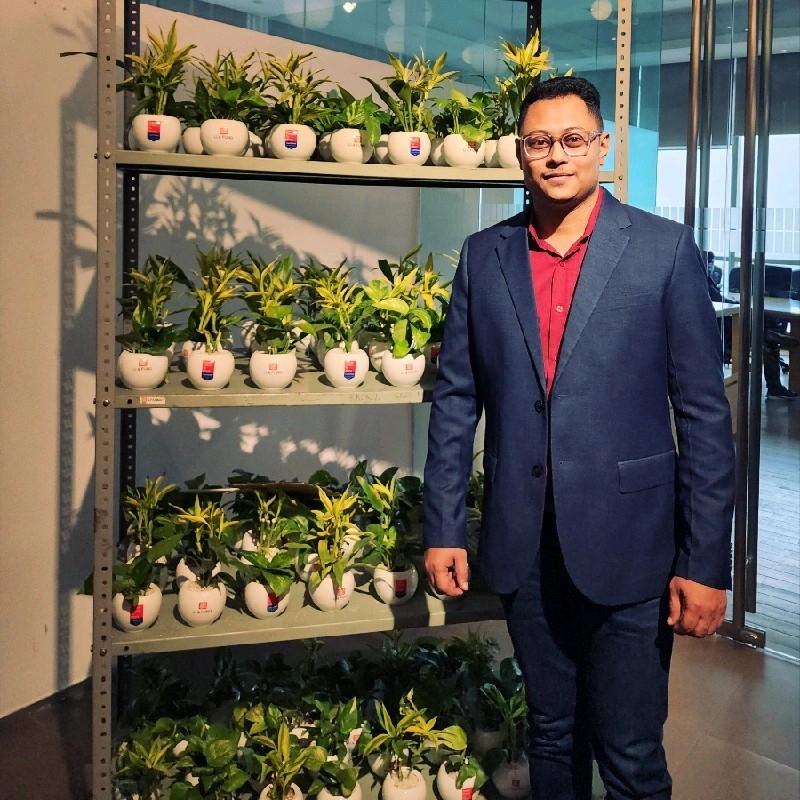
Manager – Fabric Technical and Sourcing/Product Development/ Sustainable Material Management.
I am a B.Sc .-educated Manager of Fabric Sourcing and Technology with extensive experience in the apparel and fashion industry. Passionate about trend analysis, fabric sourcing, and sustainable textile solutions, I thrive in fast-paced environments that demand innovation, adaptability, and leadership.
As a servant leader, I am committed to honesty, transparency, and continuous process improvement. My expertise spans fabric development, product quality management, and supply chain optimization, ensuring exceptional performance across all facets of sourcing and production.
Core Skills & Expertise
✔ Fabric Sourcing & Development – Specialized in regular and sustainable textiles (BCI, Organic, Recycled).✔ Trend Analysis – In-depth understanding of global fashion and fabric trends.✔ Product Development – Expertise in material innovation and process optimization.✔ Quality Management – Strong focus on process control, ensuring high-quality production.✔ Leadership & Problem-Solving – Solution-oriented approach to team management and decision-making.
Technical Proficiency
🖥 Software & Tools:▪ Microsoft Outlook, Excel, Word▪ PLM (Product Lifecycle Management)
🌱 Sustainable & Ethical Practices:▪ Better Cotton Initiative (BCI)▪ Organic & Recycled Fabric Management
Key Strengths
✅ Solution-Focused Leadership – Driving innovation and efficiency in fabric sourcing.✅ Quick Decision-Maker – Adapting to market shifts and production challenges.✅ Team Player with a Positive Attitude – Ensuring collaboration and productivity.✅ Strong Time Management – Meeting deadlines while maintaining quality.
Professional Achievements
🏆 Li & Fung GEM Award – Recognized for fabric sourcing and supply chain management excellence.🏆 Group CEO GEM Award – Honored for outstanding leadership and process innovation.
